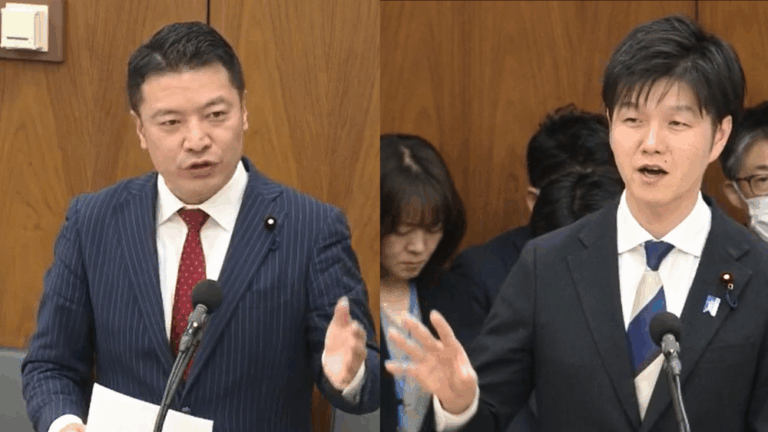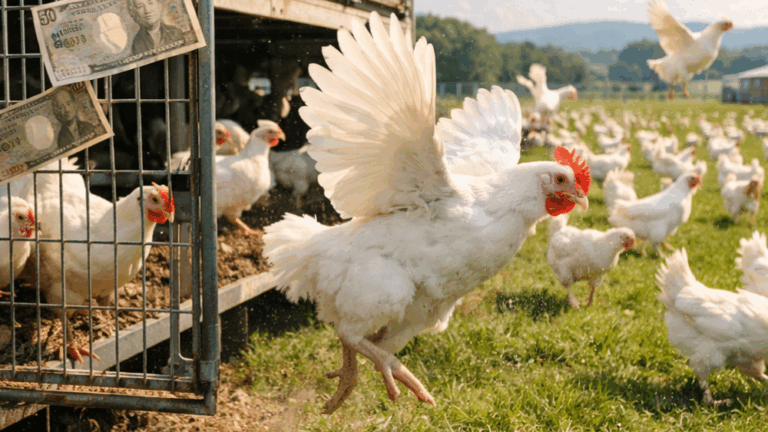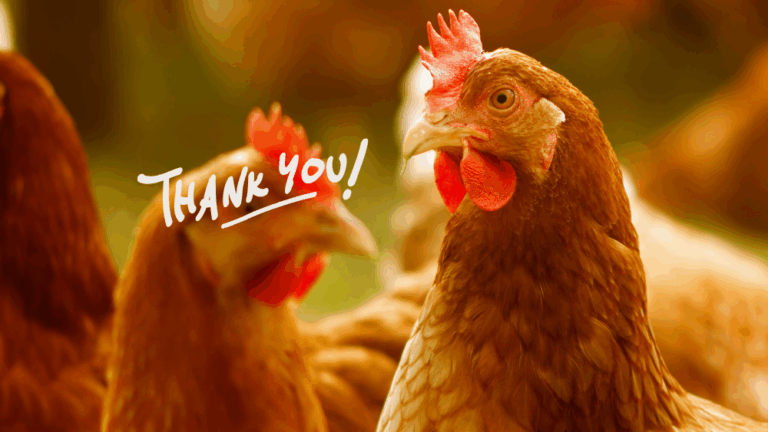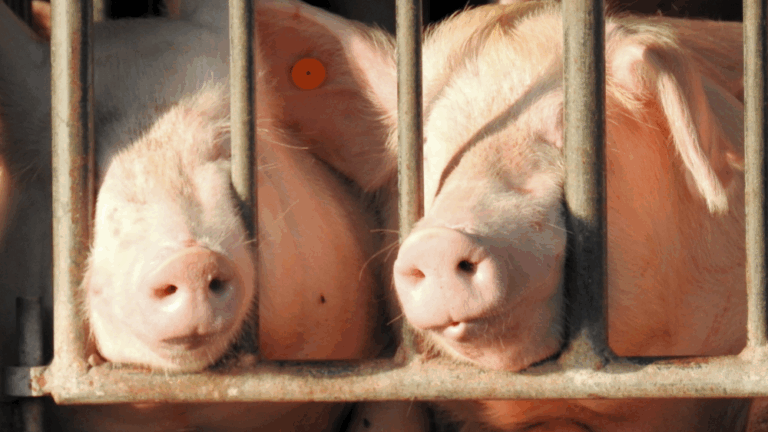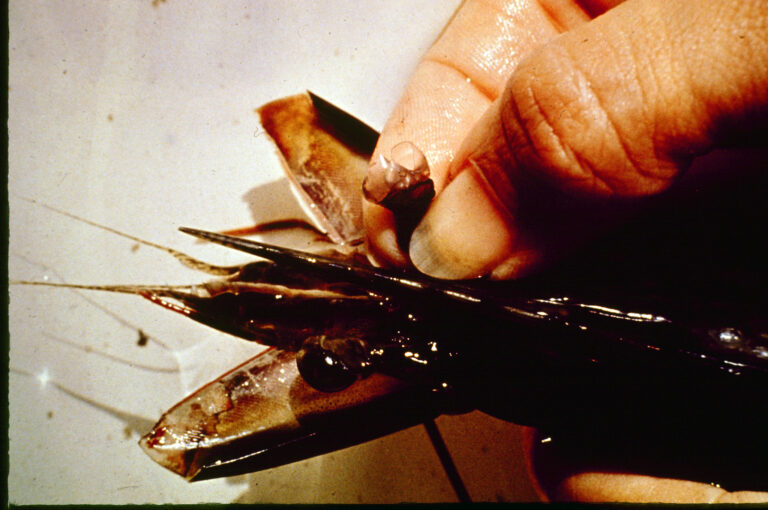Genome-editing technologies can cause animals to suffer. The technologies, however, have already been applied to animals. Ahead of other countries, in Japan, genome-edited red sea bream and Fugu, or blowfish, have been fully developed and are already on the market. Genome-editing technology and genetic modification technology are essentially the same in their meaning. Although regulations applied to such technologies are different depending on countries, some of them use the terms “genome-editing” and others use the term “genetic modification”. What these technologies do are adding, deleting, or changing gene materials on the specific spots of genome (the complete set of genetic material and information organisms have). These technologies are essentially the same in the sense that they are manipulating lives at the gene level.
Genome-Editing: New Mutation Technology
Genome-editing technologies are on the same principles as selective breeding that has been performed for livestock animals for a long time. While selective breeding takes a long time, genome-editing technologies can achieve improvements in a moment by genetic manipulation. They are, in other words, technologies that are able to generate new mutations quickly.
Chickens for meat have been modified to grow 3 times faster and egg-laying hens have been modified to lay 10 times or even more eggs than before. These are examples of genetic information manipulation by using genetic selection and mutation. Genome-editing technologies apply the same principle as these examples do.
“CRISPR-Cas9” is known as one of the most widely employed methods for genome-editing. CRISPR-Cas9 is thought to be a faster, cheaper, and more effective method than any other genome-editing methods. This method is employed for genome-edited red sea bream and Fugu (blow fish) in Japan.
Regulations for genome-edited foods that employ CRIPR-Cas9 and other methods vary significantly, depending on the country.
Regulations in Japan — many cases left uncontrolled
Non-controlled organisms:
In Japan, regulations exclude some of the genome-edited organisms from the scope of their application. The following are examples of such organisms. They only need notification to regulatory authorities concerned, which results in no authorized assessment for food safety and animal welfare considerations.
1. Genome-edited organisms modified by introducing no other organisms’ genes
2. Genome-edited organisms modified by introducing other organisms’ genes which do not remain, and the mutations are possible to occur in nature.
Controlled organisms:
The following are genetically modified organisms regulated by the Catargena Act, and are subject to control as organisms derived from “modified DNA technologies” stipulated in the Food Sanitation Act of Japan.
3. Genome-edited organisms modified by introducing other organisms’ genes which remain
4. Genome-edited organisms modified by introducing other organisms’ genes which do not remain, but the mutations could never occur in nature.
However, even if they are controlled, if the Food Safety Committee approves, they are given permission to be distributed on the market.
The situations are different in the EU. All genome-editing is regulated as genetic modification. In Japan and South America the regulations are fairly loose because the governments prioritize corporations’ profits over the safety of the consumers.
No animal welfare regulations or assessment
The first issue is that some genome-edited organisms are excluded from control, and are not assessed for safety, etc. Moreover, even if they are controlled, uncertainty remains because of the loose application of the regulations.
But, above all, issues associated with animal welfare are the biggest tragedy seen in modification of animals by genome-editing. The following explains the current situations with regard to the animal welfare.
- Japan has not performed any animal welfare assessment at all.
- Even if assessment is performed, risks cannot be fully predicted, and some risks are inevitably overlooked.
- Even if assessment is performed, long-term influence cannot be fully predicted.
- Even if assessment is performed, we have no system for cancelling the development project.
- In the process of research and development, many test animals are sacrificed.
- Animal experiments are not public, not disclosing where they’re taking place.
- Modification of animals is against bioethics.
- Modification of animals interferes with nature excessively.
- Modification of animals invites reduced values of lives.
In response to our presentations on animal welfare issues, some national diet members took them sincerely. In the Committee on Agriculture, Forestry and Fisheries on 2022/3/16, Genki Sudo, one of such diet members, asked questions about the issues of animal welfare in relation to the genome-editing technologies.
While genome-edited red sea bream and blowfish have been on the market here in Japan, in other countries there are a lot of hesitations in pursuing the genome-editing technologies for animals in view of animal welfare. Although I run a fish shop, I wouldn’t like to eat genome-edited fish personally and am reluctant to stock them. In response to my question, MAFF responded, “The genome-editing technologies have a great advantage over conventional selective breeding. They can significantly shorten the 10+ years required for conventional selective breeding." In the EU for example, broiler chickens have long been bred selectively so that they grow faster. But they have found issues such as walking difficulties, heart attack, etc., which has resulted in returning toward conventional breeds that require longer time for them to grow. While some impacts of genome-editing on animals are predictable, others are not. These uncertainties are problematic. I'd like to ask if any assessment is conducted on genome-edited red sea bream and blowfish in view of animal welfare, and if yes, what the content is. https://www.webtv.sangiin.go.jp/webtv/detail.php?sid=6743#9124.0
The Ministry of Agriculture, Forestry and Fisheries responded that their assessment in consideration of biodiversity does not include any animal welfare assessment. This means they never consider seriously animals’ suffering at all.
As MP Sudo mentioned in his inquiry, chickens for meat (broilers) who have been bred selectively for decades, have been in great suffering. They become abnormal, unnatural, and short-lived chickens. So It is clear that red sea bream and blowfish are in the similar situations as broiler chickens are. We are afraid that the situations will become even worse in the future, because congenital diseases of broiler chickens are increasing year by year. We should not take lightly the long-term impacts of genome-editing.
Genetic modification, genome editing, and selective breeding all afflict much animal suffering in similar ways
Many people wish to avoid genetic modifications. But the livestock businesses have been breeding selectively, which is practically the same thing. Meat you eat is a totally unnatural organism as a result of completely destroying bioethics and neglecting the original ways of animals.
Impacts on the human body by eating animals bred selectively are not elucidated scientifically yet. To be honest, we feel instinctively that eating such unhealthy animals can harm our body in the long run. Actually it is already proven that animal products are bad for our health. Nevertheless, if not dying immediately is acceptable enough, maybe GMO and genome-edited foods have to be allowed for the benefit of humans.
However, animals are in different situations from ours. They are forced to suffer, their lives shortened, and they are deprived of physical abilities to move naturally with instincts. In short, they are deprived of the right to live healthy lives.
So please do not tolerate these technologies, not only genetic modification and genome editing but also selective breeding of animals.
CRISPR-Cas9: clustered regularly interspaced short palindromic repeats / CRISPR-associated protein https://www.mhlw.go.jp/content/000659586.pdf https://www.mhlw.go.jp/content/000709708.pdf http://www.famic.go.jp/ffis/feed/obj/r3_49_betten.pdf Translation help thanks to A.Kimura.



